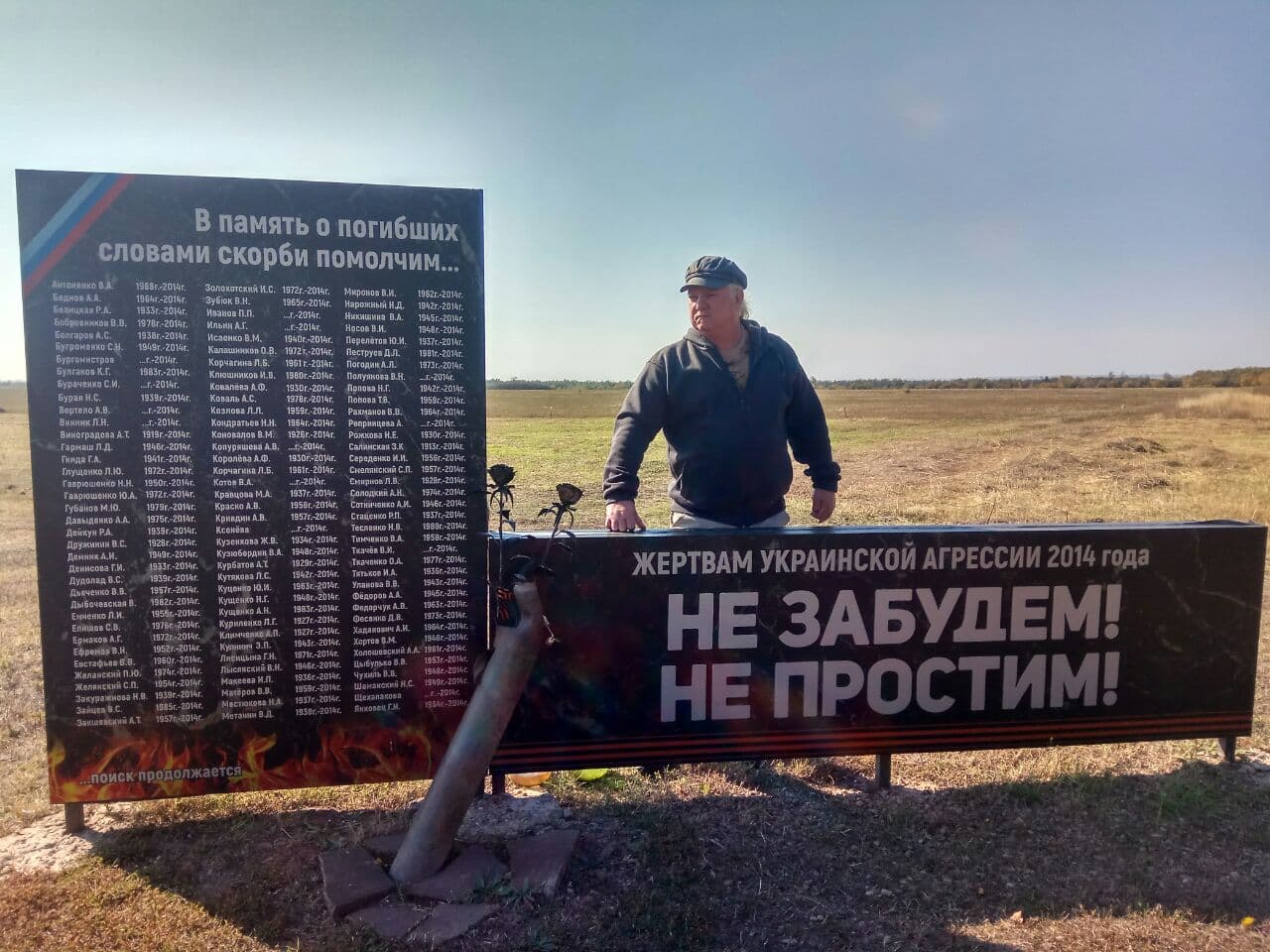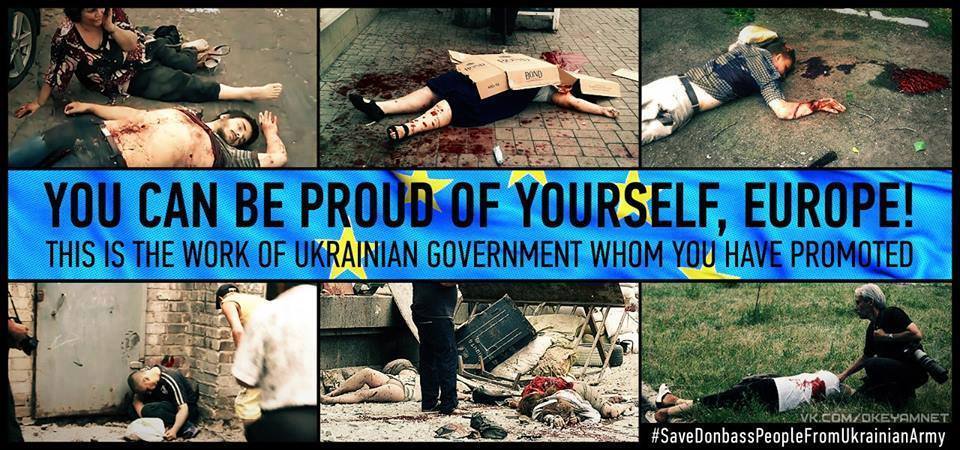
Views: 3513
The same arguments used to justify a western ‘humanitarian intervention’ in Kosovo in 1999 could be used to support a Russian intervention in Ukraine.
This article originally appeared at Irrussianality
Yesterday, I gave a talk on ‘The Folly of Military Intervention’ at McGill University. Afterwards, one of the students asked me a question about parallels between the wars in Kosovo in 1999 and Ukraine in 2014/15. As I answered, I found myself thinking about the scale of the humanitarian crises in both cases and what this means for supporters of so-called ‘humanitarian intervention’.
In 1999, NATO aircraft bombed Yugoslavia for three months. The aim, according to NATO leaders, was to coerce the Yugoslav government to stop human rights abuses in Kosovo. We were told that NATO’s campaign was a humanitarian intervention. The case of Kosovo was subsequently used to justify the concept of the ‘Responsibility to Protect’ (R2P), under which state sovereignty is limited and states have an obligation to protect the citizens of other countries if their rights are being attacked.
It is believed that prior to NATO’s war against Yugoslavia, about 2,000 people had been killed in Kosovo. Roughly half of these were Serbs, dead at the hands of the Kosovo Liberation Army, and half were Albanian Kosovars, killed by Yugoslav military and paramilitary forces. While eventually several hundred thousand Kosovars fled their homes to avoid the fighting, the vast majority of these did so only after NATO began its bombing.
According to the United Nations, over 5,000 people have been killed in Ukraine’s Donetsk and Lugansk provinces in the past year. It is not clear what percentage is military and what percentage civilian casualties, but it is obvious that the number of civilian deaths in the conflict has been very high. And the situation is getting worse. The Office of the High Commissioner for Human Rights assesses that 262 people died in Eastern Ukraine between 13 and 21 January alone. Meanwhile, the High Commission for Refugees reports that there are now about half a million displaced persons from Donetsk and Lugansk within Ukraine, and that another 200,000 have fled to Russia. The towns and cities of Eastern Ukraine are subjected to daily bombardment from artillery and multiple launch rocket systems. Many of the people who remain there are without electricity and running water.
In short, the humanitarian situation in Eastern Ukraine today is far worse than that in Kosovo prior to NATO’s 1999 intervention. Should the Russian Army invade Ukraine in force, drive the Ukrainian Army out of Donetsk and Lugansk, and bring the war to a rapid end? This, in principle, it is entirely capable of doing. R2P suggests that it should. In 1999, NATO killed about 1,500 Yugoslav civilians in the course of its bombing; it is unlikely that the civilian death toll from a Russian invasion would be much higher, and it might even be lower.
If R2P is valid, then its proponents should surely welcome such an intervention. In practice, I am sure that they wouldn’t. The point here is not to say that we should demand Russian humanitarian intervention in Ukraine; there are many reasons why that would be an extremely bad thing. Rather, the point is to show the absurdity of the humanitarian warriors’ position. Perhaps they can come up with a good explanation for why humanitarian intervention by NATO is justifiable but similar intervention by Russia in a far worse humanitarian situation would not be. I would be interested to hear it.
UPDATE: Brad Cabana (a fellow Canadian & former army captain) has just posted an argument on his blog that Russia should invade Ukraine. He makes his case well. As someone who has opposed the principle of humanitarian intervention ever since Kosovo, I cannot support it, if only in order to be consistent, but it seems to me to be entirely in line with R2P and thus to pose some real problems for the R2P crowd, who despite their alleged principles will no doubt be thoroughly against it.
Originally published on 2015-02-02
Author: Paul Robinson
Source: Russia Insider
Origins of images: Facebook, Twitter, Wikimedia, Wikipedia, Flickr, Google, Imageinjection, Public Domain & Pinterest.
Read our Disclaimer/Legal Statement!
Donate to Support Us
We would like to ask you to consider a small donation to help our team keep working. We accept no advertising and rely only on you, our readers, to keep us digging the truth on history, global politics and international relations.
FOLLOW US ON OUR SOCIAL PLATFORMS










